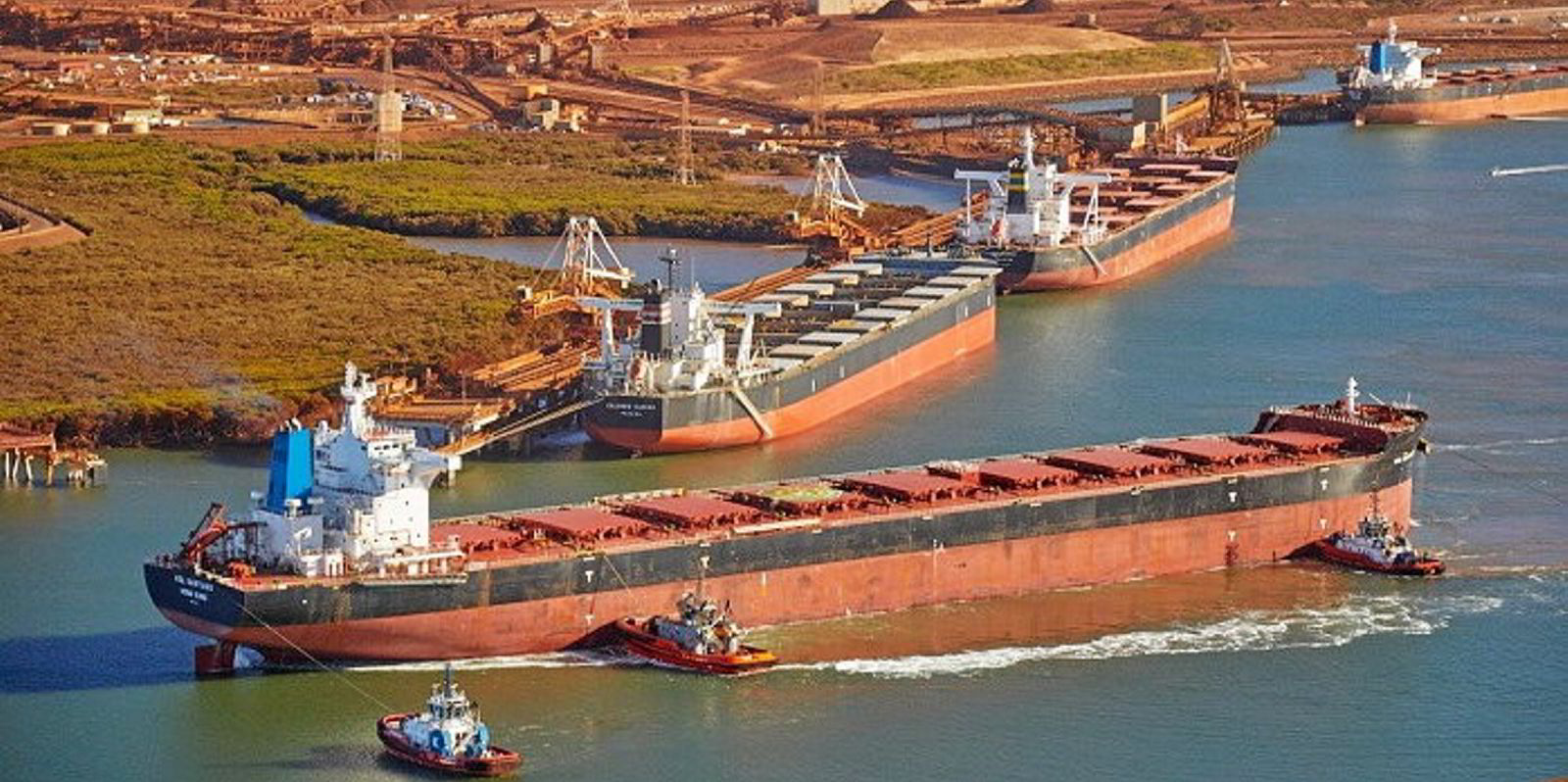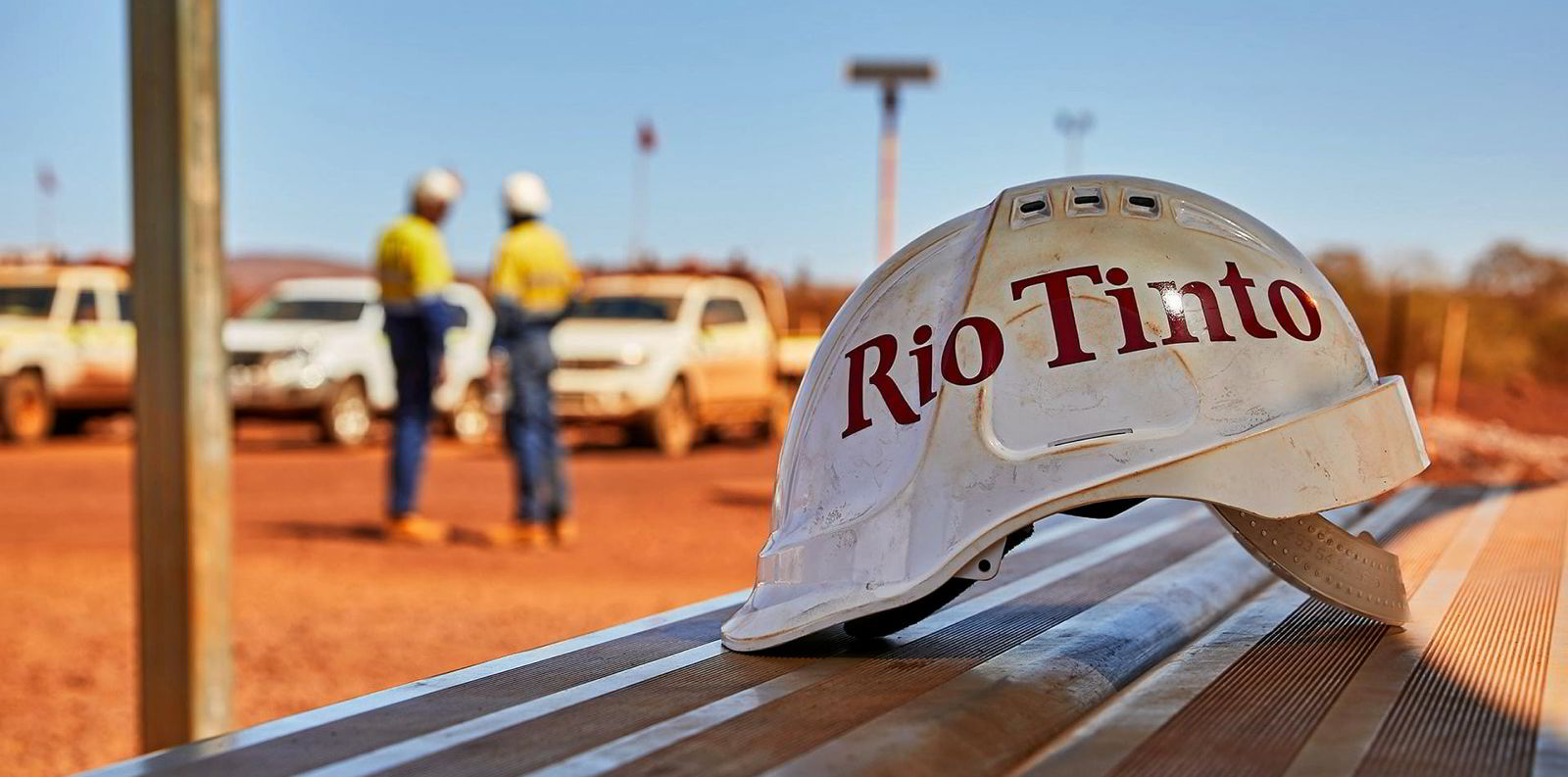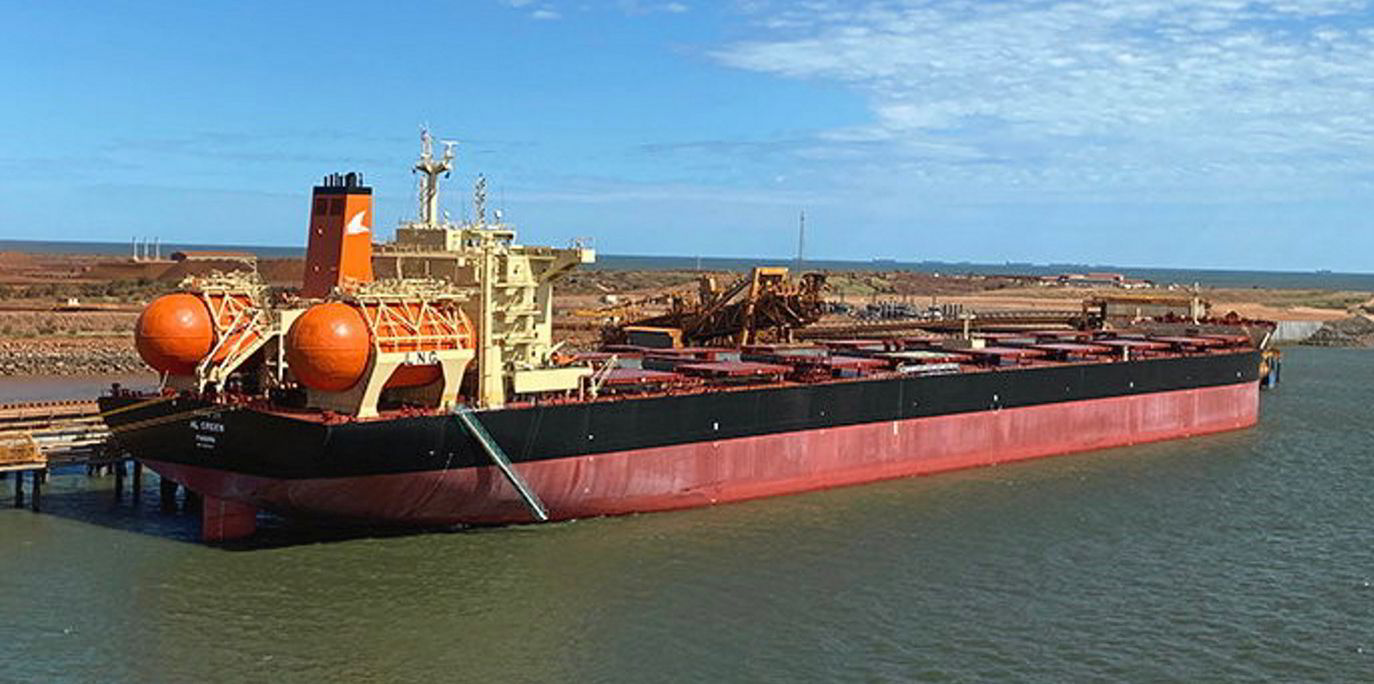Australian iron ore exports could be increased by more than 40% under plans approved this week.
The Western Australia state government has endorsed a development plan that would allow Port Hedland operators to export 660m tonnes of iron ore per year.
The new capacity would be 26% higher than the 523m tonnes shipped last financial year and is well beyond the port’s long-redundant official capacity of 495m tonnes per year.
Government officials said the change would allow port proponents to “invest in landside infrastructure upgrades and advance their investment and growth strategies”.
The amended port development plan facilitates increased capacity allocations of about 25% for existing port proponents BHP, Fortescue Metals Group and Roy Hill.
They are being consulted on the key principles of the plan. Formal documentation, including capacity allocations and development approvals, is expected to be finalised by mid-2022.
“The Port of Port Hedland Plan was last reviewed in 2012, when it set a total throughput of 495m tonnes per annum,” said Rita Saffioti, Western Australia’s Minister for Transport, Planning & Ports.
“We have well and truly exceeded this, with the port achieving a total annual throughput of 546m tonnes last financial year — of which 523m tonnes were iron ore exports by port proponents.
“This in part was made possible by investing in world-leading maritime technologies to maximise port efficiency and safety, which has seen a 6.9% increase in potential shipping capacity at Port Hedland.”
Last year, Australia exported 882.5m tonnes of iron ore, which was largely unchanged from a year ago, according to Banchero Costa.
China is still by far the top destination for Australian iron ore, accounting for 79.9% of its exports last year. Shipments to China decreased by 4.1% year on year to 704.8m tonnes in 2021.
In contrast, exports from Australia to Japan increased by 14.6% to 66.9m tonnes in 2021. Shipments to South Korea went up by 14.1% to 60.4m tonnes.





